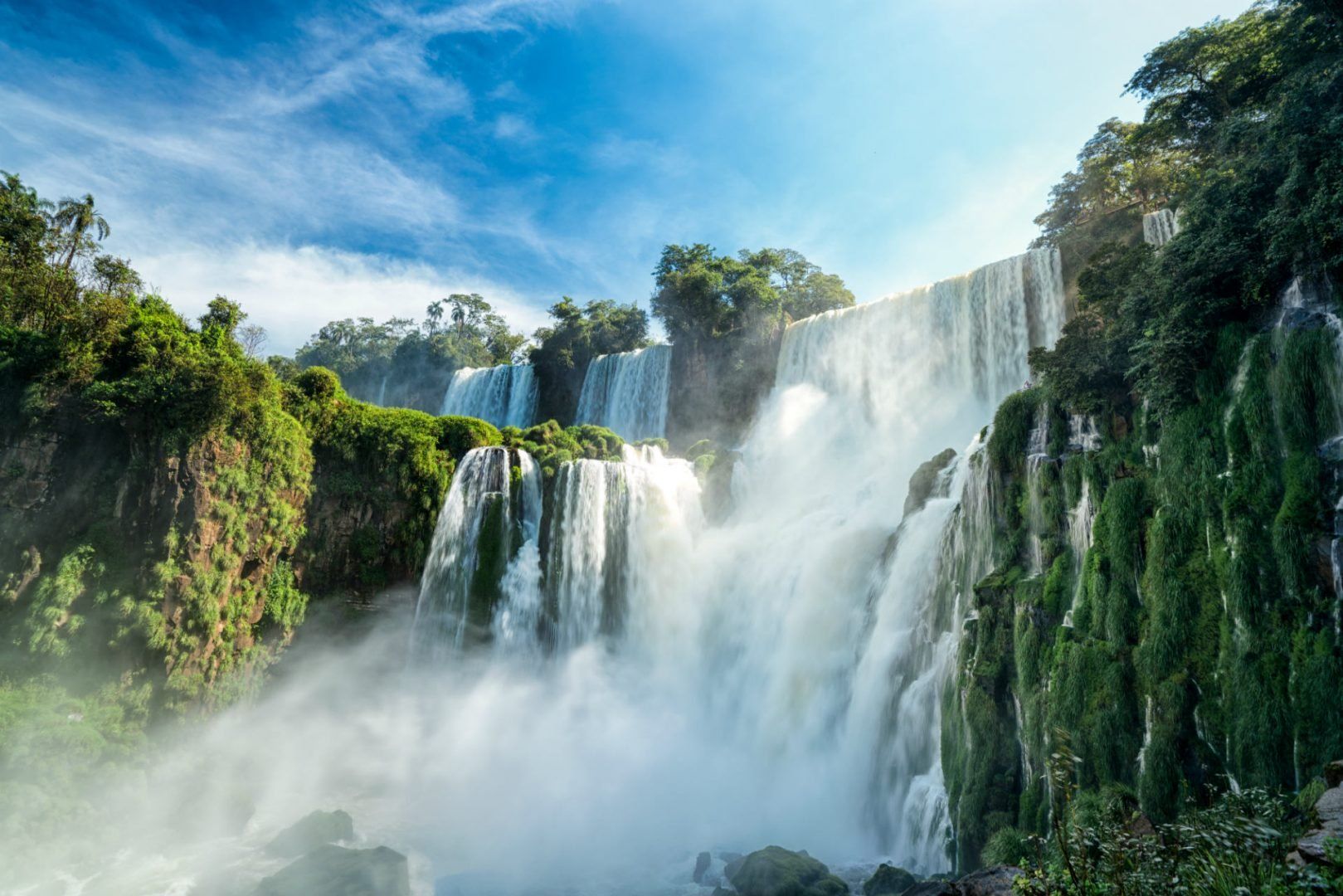10. Peña night in Salta
Going to a peña in Salta is one of the best ways to experience northern Argentina’s folk music. These are casual gatherings where musicians play traditional northern Argentine folk music—styles like chacarera, zamba, and carnavalito—while people eat, drink, and sometimes dance. It’s not a formal show, more like a community hangout where the music is just part of the atmosphere.
Most peñas in Salta City are run by families who’ve been playing together for years. You’ll hear live music on traditional instruments like the bombo legüero drum, charango, and quena flute. Food is usually simple and regional— you can usually expect empanadas salteñas and locro (a hearty stew).
Don’t be surprised if someone hands you a cup of mate or invites you to dance. These nights tend to be kid friendly but go late into the night (see our guide to Argentina with kids).
How to get to Peñas in Salta
You’ll find most peñas around the city’s historic center, especially along Balcarce Street. If you’re staying downtown, you can likely walk.
For something a bit more local, try asking around for places in neighborhoods like Barrio Norte or Villa Soledad—these can be a little harder to find but often feel more relaxed and communal. Hotel staff or locals can usually give good recommendations based on what’s happening that week.
When to visit Peñas in Salta
Friday and Saturday nights tend to be the most active, with more people and better musicians. Don’t worry about being early—things usually get going after 10:30 PM, with music starting around 11 and building from there.
If you’re in town during July’s Pachamama celebrations or the February carnival season, expect bigger crowds and more well-known performers. During those times, it’s smart to book ahead since tables fill up fast.












